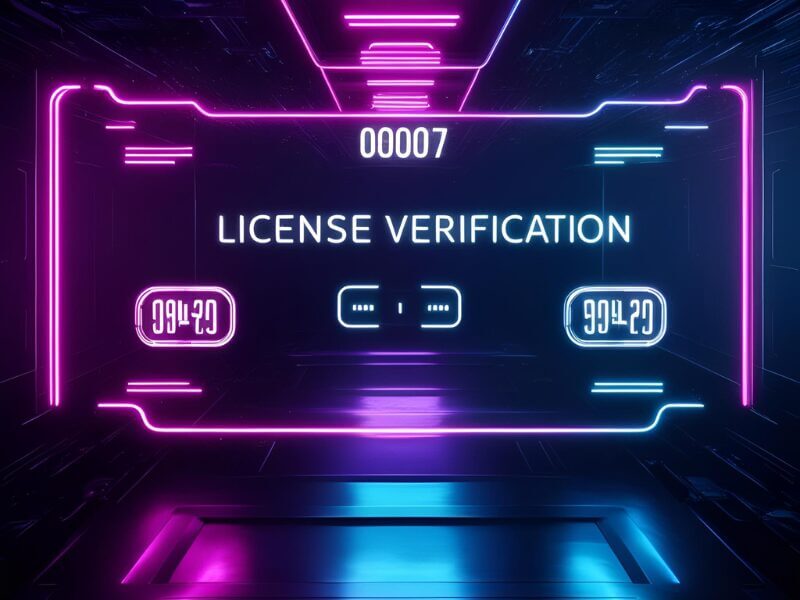Rethinking Risk: Modernizing Traditional Assessments


Full Episode Available
WATCH ON-DEMANDThis episode of The Ethicsverse explored the complexities of modern risk assessment in corporate compliance. The discussion delved into strategies for effective risk management, challenges faced by organizations of various sizes, and innovative approaches to balance risk mitigation with business growth. The following key takeaways highlight crucial aspects of rethinking traditional risk assessments and implementing more dynamic, relevant, and actionable strategies.
The discussion highlighted strategies for overcoming common challenges, such as addressing bias, engaging leadership, and aligning risk management with business objectives. Particular emphasis was placed on the value of using business-specific language to enhance understanding and engagement across the organization.
The key to success lies in fostering a culture of continuous improvement, cross-functional collaboration, and alignment between risk management efforts and strategic business objectives.
Reframing Risk Language
- Risk assessments often suffer from overuse of jargon and technical terminology, creating barriers to understanding and engagement
- Experts recommend using business-specific language and relatable scenarios when discussing risks
- This approach helps translate complex compliance concepts into terms that resonate with employees across different departments, fostering better comprehension and buy-in from stakeholders at all levels of the organization
Balancing Business Objectives
- A critical challenge in risk assessment is aligning compliance efforts with broader business goals
- Rather than viewing risk management as a constraint on growth, it should be positioned as an enabler of sustainable business practices
- This perspective shift involves demonstrating how effective risk management can protect and enhance the company’s ability to achieve its strategic objectives, ultimately contributing to long-term success and stakeholder value
Tailoring to Organization Size
- While larger companies often have more comprehensive systems and resources, smaller firms may benefit from greater agility and closer connection to frontline risks
- Tailoring risk assessment methodologies to fit the specific needs, resources, and culture is crucial for developing effective risk management strategies
- Smaller organizations should focus on informal risk discussions that leverage their proximity to day-to-day operations, while larger entities need to implement more structured processes to capture risks across diverse operations
Integrating Multiple Risk Perspectives
- To combat silos, organizations should strive for a holistic approach that integrates perspectives from various departments and levels
- Regular cross-departmental risk workshops or integrated risk management committees can facilitate this integration
- Developing a centralized risk repository that aggregates insights from different business units can help identify interconnected risks and provide a more accurate overall risk profile for the organization
Technology and Human Insight
- The ideal approach combines data-driven analysis with qualitative input from employees who have firsthand experience with potential risks
- This balanced methodology allows for more nuanced risk evaluations that capture quantifiable metrics and subtle contextual factors that may not be apparent in data alone
- Striking the right balance between technological capabilities and human judgment enables organizations to develop more robust and forward-looking risk assessment practices
Addressing Bias in Risk Assessments
- Organizations should implement strategies to minimize bias, such as using diverse assessment teams, employing standardized evaluation criteria, and regularly challenging assumptions
- Implementing structured decision-making frameworks, such as pre-mortem analyses or red team exercises, can also help counteract cognitive biases by encouraging alternative viewpoints and critical thinking
- Regular training on bias awareness and mitigation techniques can further enhance the objectivity and reliability of risk assessments across the organization
Prioritizing and Actionable Insights
- Effective risk assessments should go beyond identifying risks to provide clear prioritization and actionable insights
- By focusing on practical outcomes, organizations can ensure that risk assessment efforts translate directly into meaningful risk management actions
- Implementing a tiered risk classification system, coupled with defined response protocols for each risk level, can help streamline the transition from assessment to action
Continuous Improvement & Adaptability
- Organizations should view risk management as an ongoing process rather than a one-time or periodic event
- This involves regularly revisiting and updating risk assessments, incorporating lessons learned from past experiences, and staying attuned to emerging risks in the business landscape
- Establishing a formal feedback loop that captures insights from risk events, near-misses, and successful mitigation efforts can enrich future assessments and improve overall risk management capabilities





































